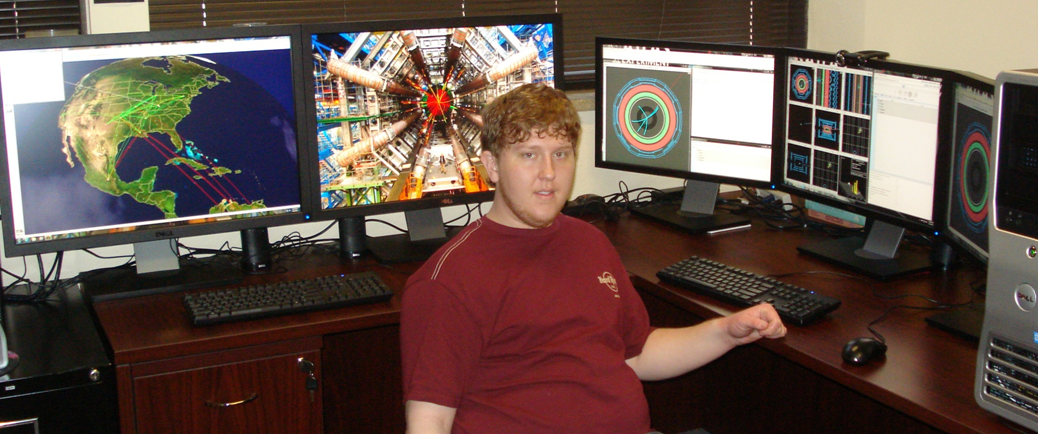
Faculty-Mentored Research Opportunities
All ELC members, starting from their sophomore year are strongly encouraged to take part in a faculty-mentored research project in their respective major. You will have the opportunity to present your research results in a poster format at the annual Bellarmine Undergraduate Scholarship week. You will also have the opportunity to present your research work (talks and posters) at local, state, regional or national scientific conferences or meetings in your respective STEM fields.
Starting from your Freshman year, you are strongly encouraged to participate in one regional professional/scientific meeting in your respective STEM discipline. Such opportunities will expose you to research activities that are currently taking place in your STEM discipline elsewhere, and to allow you to meet/interact with other STEM students and faculty from the other institutions.
Physics majors can present their research work at the annual KAS (Kentucky Academy of Science) meetings, KAPT (Kentucky Association of Physics Teachers), and APS (American Physical Society) meetings. Computer Science/Computer Engineering majors can present their research work at the annual KAS (Kentucky Academy of Science) meetings. Chemistry majors can join the American Chemical Society (ACS), and Math majors can join the Kentucky Section of the Mathematical Association of America (KYMAA) meetings.
Research Opportunities in Physics

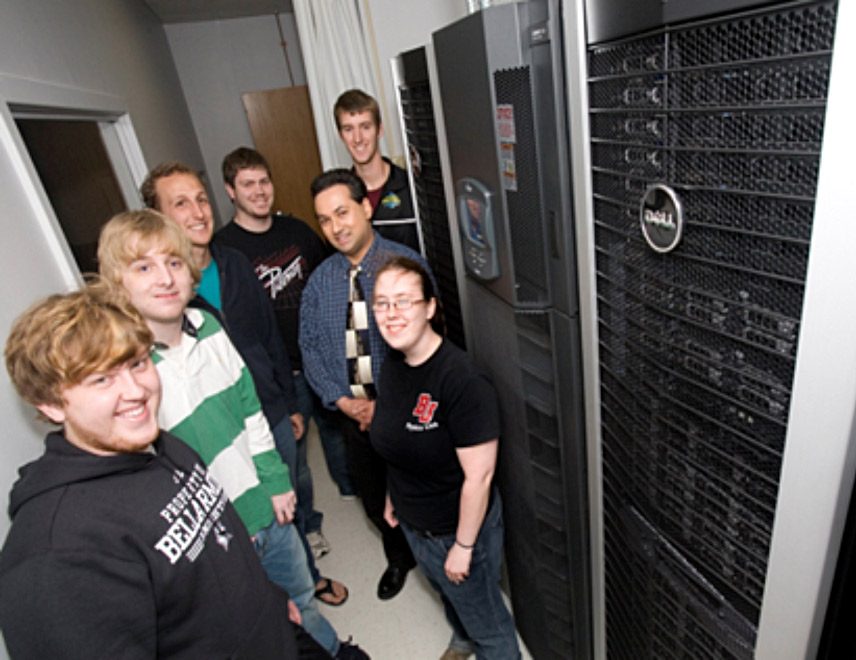
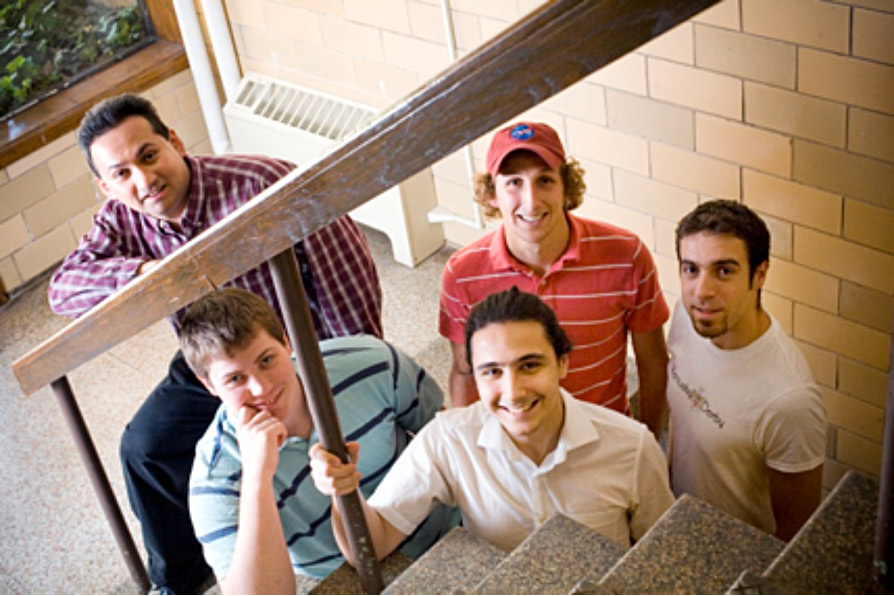
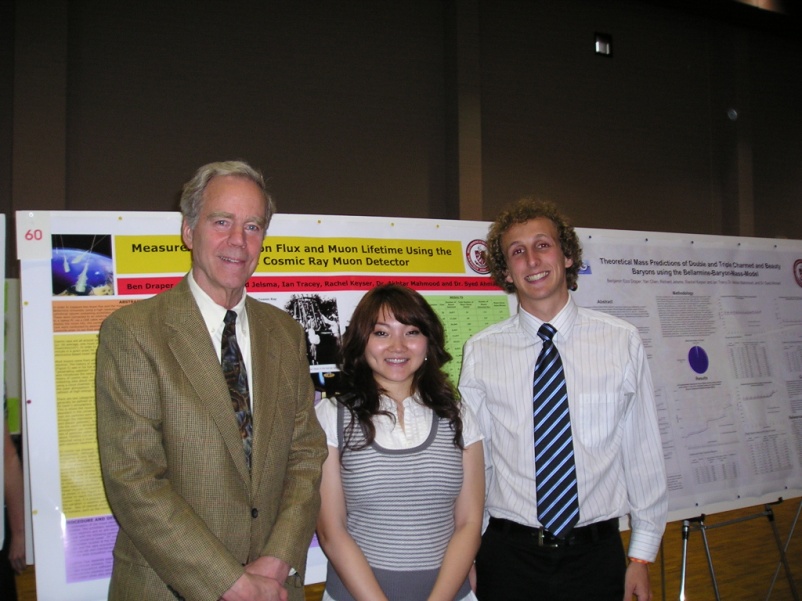
Physics majors can conduct cutting-edge research mentored by Dr. Akhtar Mahmood in:
- High Energy Physics and grid computing with the world-renowned ATLAS experiment at the world’s mo
st powerful particle accelerator (the LHC), using Bellarmine University’s NSF-funded Supercomputer that is linked to the Open Science Grid (OSG). It is the state of Kentucky’s only OSG grid site and the first OSG grid site located at a predominantly undergraduate institution in the US. Bellarmine University is part of the ATLAS collaboration, a research team at CERN that recently announced the discovery of the famous Higgs boson (the subatomic particle that gives mass to everything in the universe). In fact, Bellarmine is the only university in the state of Kentucky involved with the ATLAS experiment. The supercomputer is currently being used for the ATLAS experiment as a dedicated Tier3 grid site. Last year, several Physics majors were involved with the analysis of the Higgs Boson using the filtered ATLAS datasets. Currently several physics students are searching for new subatomic particles using very large datasets from the ATLAS experiment.
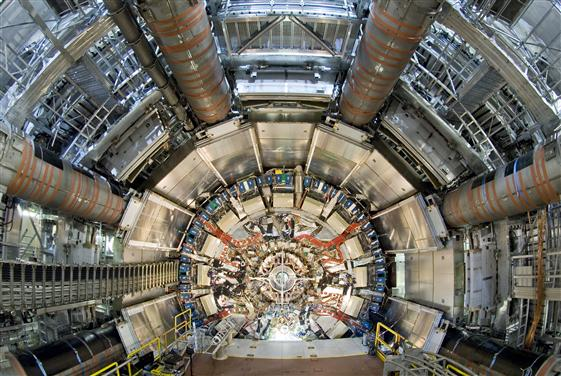

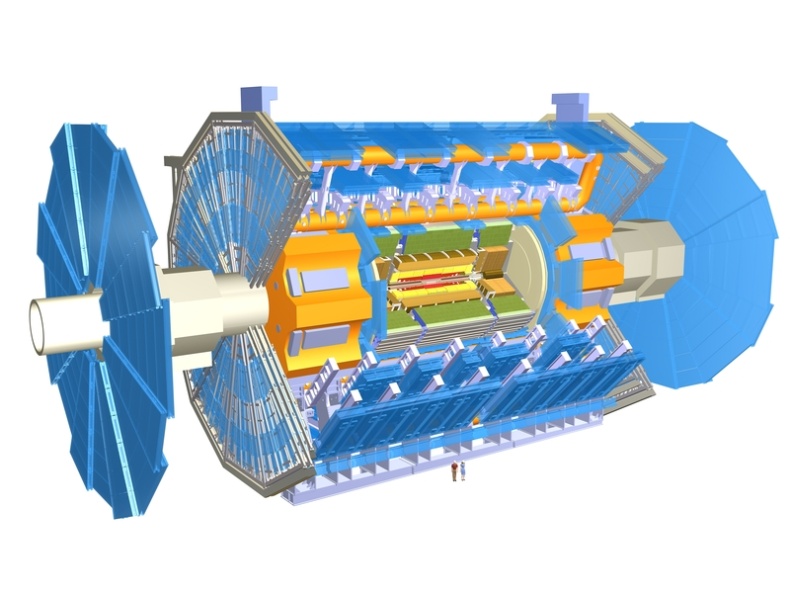
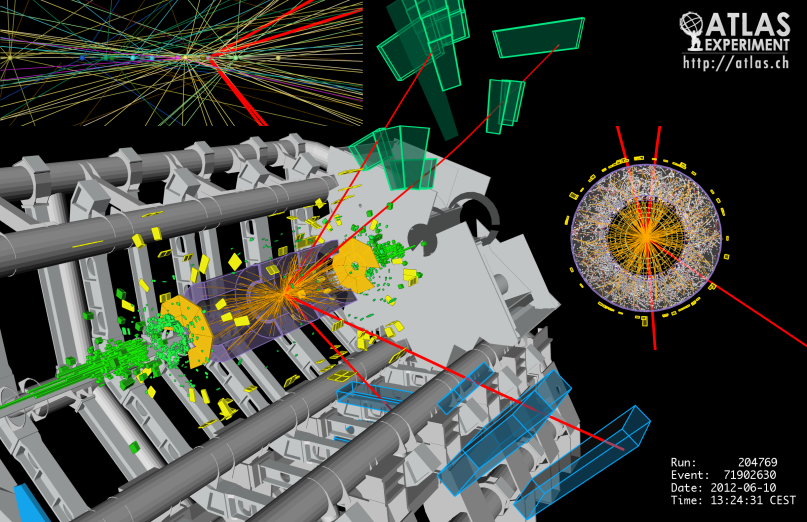
- Astrophysics with NASA’s future SIM-Lite mission project in collaboration with Caltech’s Jet Propulsion Lab (JPL) aimed as searching for extra-solar earth-like planets. Along with JPL scientists, two physics students have recently conducted their research work at JPL in the area of Wave Front Error (WFE) Analysis for the SIM-Lite mission project. In this research project, students can perform the simulation and testbed studies to determine the sensitivity and resolution of SIM-Lite’s instrumentation that will be used to search for extra-solar Earth-like planets in the future with an angular resolution of one micro-arc-second (i.e. one billionth of a degree) and a spatial space resolution of 30 pico-meters (which is 10 times less than the size of an atom).
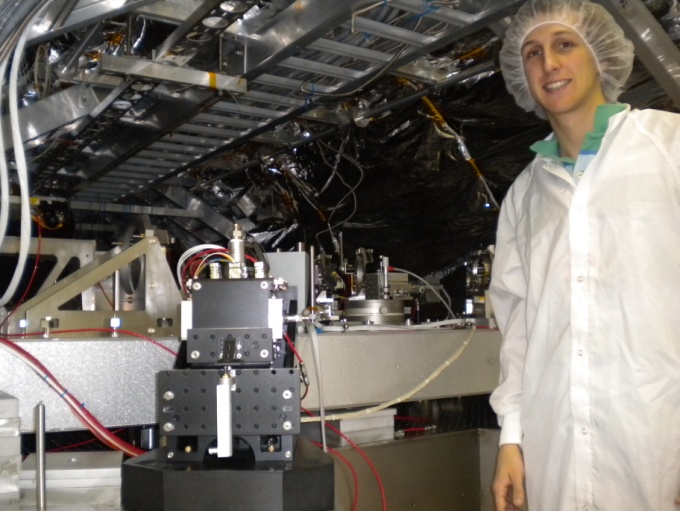
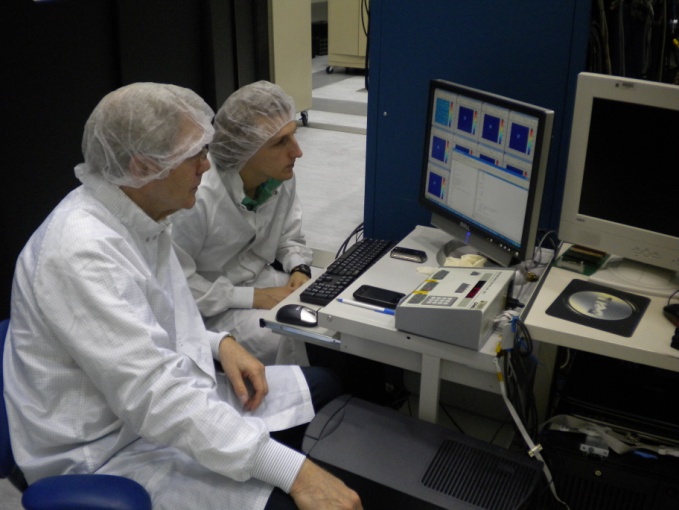

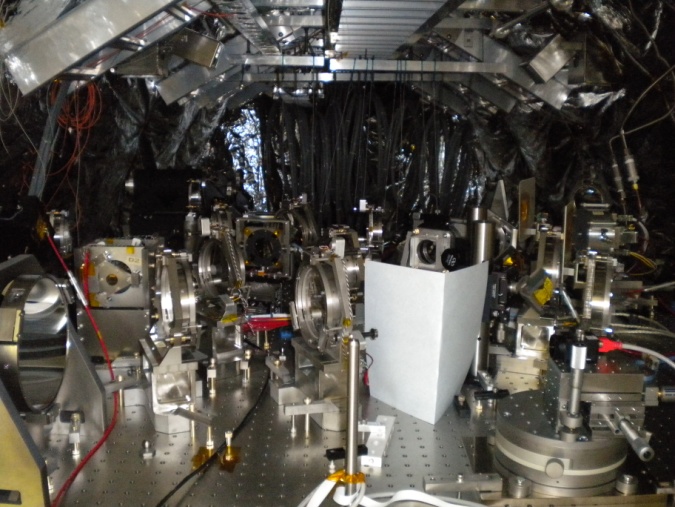
- Cosmic Ray Muon Physics using the Bellarmine-Muon Detector and a Cloud Chamber. In this research project, students can measure the muon flux and muon lifetime using a Cosmic Ray Muon Detector. The muon detector’s data can be collected using a laptop PC via a USB cable which runs the muon data acquisition software. Students can also detect actual cosmic ray muons coming from outer space using a student-built cloud chamber.
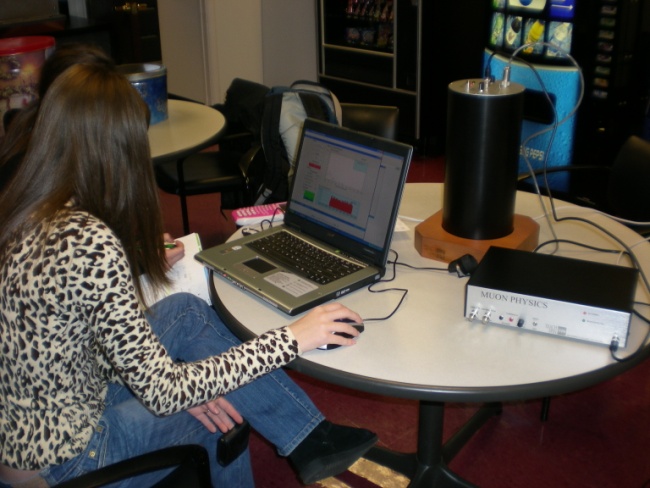
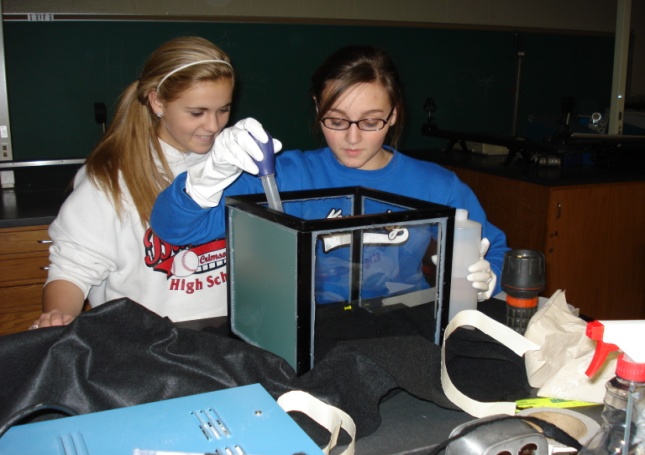
- Cluster Computing using a Beowulf Cluster. In this research project students can built a 16-node Beowulf Cluster using the Linux Fedora Core-3 Operating System and the LAM-MPI middleware software to solve complex scientific problems. The goal of this project is to speed up the execution of a program by aggregating computing power across nodes to solve a problem faster using a single parallel computing system (by spreading the computation across the nodes of the cluster and using message passing to communicate between the nodes).
.
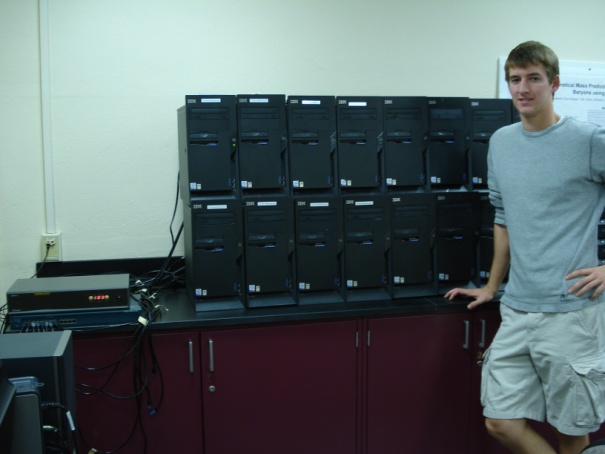
For a full list of research projects and student talks in Physics click here
Research Opportunities in Chemistry
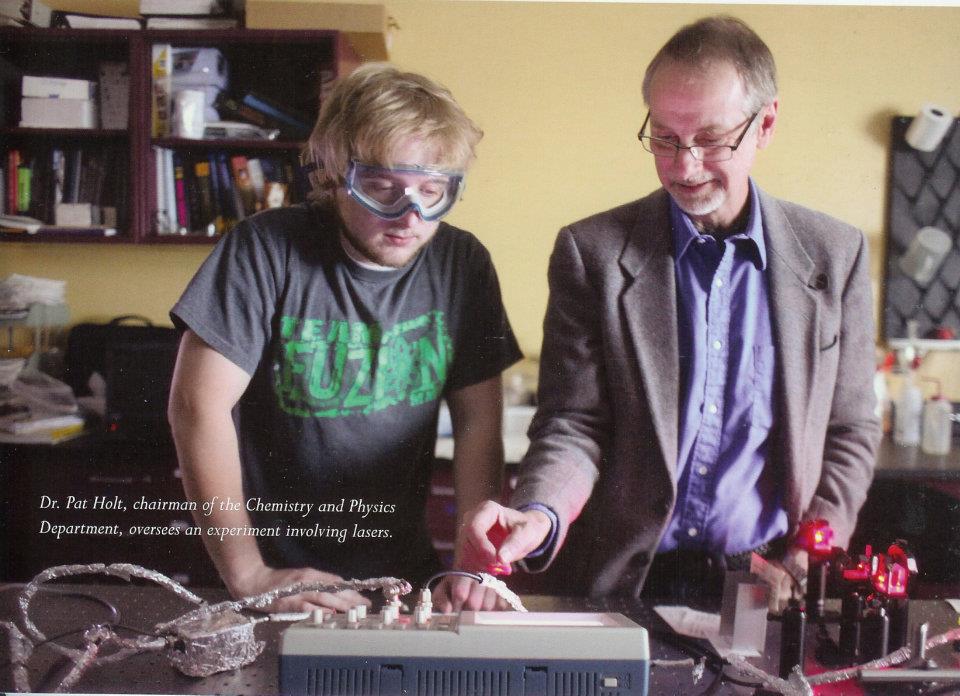

Chemistry Students can conduct research in physical chemistry in laser photodynamics mentored by Dr. Pat Holt and in environmental chemistry mentored by Dr. Joe Sinski. For a full list past and current research projects in Chemistry, contact Dr. Joe Sinski.
Research Opportunities in Mathematics
To inquire about current research opportunities in Math, contact Dr. Susan White.
Research Opportunities in Computer Science
To inquire about current research opportunities in Computer Science, contact Dr. Muzaffar Ali.